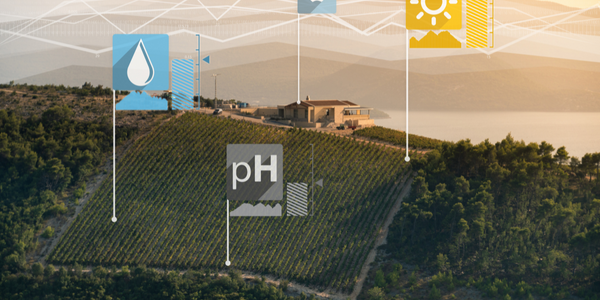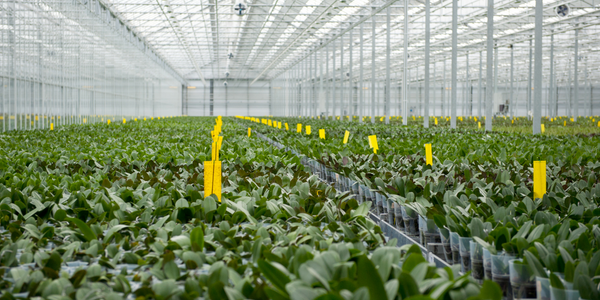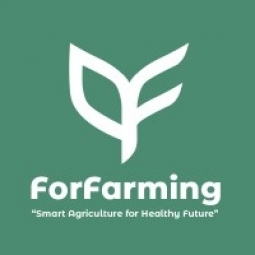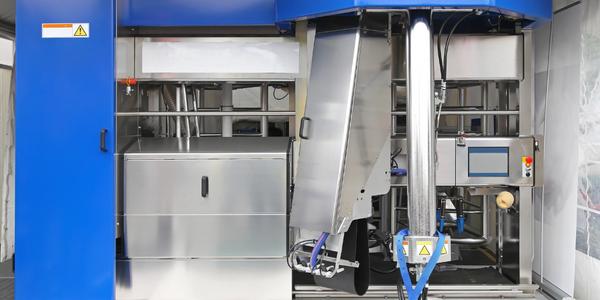Technology Category
- Sensors - Environmental Sensors
- Sensors - Humidity Sensors
Applicable Industries
- Agriculture
- Buildings
Applicable Functions
- Facility Management
- Quality Assurance
Use Cases
- Smart Irrigation
- Visual Quality Detection
Services
- System Integration
- Testing & Certification
About The Customer
8Farm is an indoor farming company that specializes in growing fresh herbs. The company operates in a 45 m2 area, utilizing 8 flood & drain type grow towers, each having 3 levels of 2m2 trays. For lighting, they use 2 2-meter-long LED lighting fixtures on each level of each unit. There is a single irrigation tank, from where water is distributed to all units. For nutrient dosing, they measure pH and EC levels with hand-held probes every morning and add the necessary nutrients manually. The company was facing challenges in maintaining consistent yield and quality of their crops due to timer failures and insufficient moisture control.
The Challenge
8Farm, an indoor farming company, was facing challenges in maintaining consistent yield and quality of their crops. The company, which grows fresh herbs in a 45 m2 area using 8 flood & drain type grow towers, was struggling with timer failures and insufficient moisture control. These issues led to problems such as leaf blackening, wilting, and non-growth in its products. The annual average harvest was around 700 kg, and sometimes, the harvested crops were not sold due to poor quality. The company was in need of a solution that could better control the growing conditions to increase yield and quality and to ensure consistent harvests.
The Solution
8Farm adopted Farmio, a cloud-based IoT software developed by ForFarming. Farmio automates the facility to grow higher quality plants and improve harvest yields with less effort and using fewer resources. It controls the facility’s lighting, irrigation, fertigation, and HVAC equipment more efficiently and eliminates excess usage of light, water, and nutrients to minimize waste. 8Farm integrated Farmio into their facilities using a simple communication device and combined lighting, irrigation, fertilization, and air conditioning devices on a single cloud platform. The new system allowed them to control the irrigation times more flexibly, automatically dose nutrients, and optimally control humidity. The system also continuously records the data of all environmental conditions and sends notifications to 8Farm when the values fall outside the desired ranges.
Operational Impact
Quantitative Benefit

Case Study missing?
Start adding your own!
Register with your work email and create a new case study profile for your business.
Related Case Studies.

Case Study
Intelligent Farming with ThingWorx Analytics
Z Farms was facing three challenges: costly irrigation systems with water as a limited resource, narrow optimal ranges of soil moisture for growth with difficult maintenance and farm operators could not simply turn on irrigation systems like a faucet.

Case Study
Energy Saving & Power Monitoring System
Recently a university in Taiwan was experiencing dramatic power usage increases due to its growing number of campus buildings and students. Aiming to analyze their power consumption and increase their power efficiency across 52 buildings, the university wanted to build a power management system utilizing web-based hardware and software. With these goals in mind, they contacted Advantech to help them develop their system and provide them with the means to save energy in the years to come.

Case Study
Greenhouse Intelligent Monitoring and Control Solution
Farming Orchids is the most successful form of precision farming in Taiwan, and also the most exported flower. Orchids need a specific temperature and humidity conditions to grow and bloom, and its flowering time may not be in line with market demands, so the price collapses when there is overproduction. Therefore, some farmers began to import automated greenhouse control systems for breeding and forcing, which not only improves quality, but also effectively controls the production period and yield to ensure revenue. In 2012, an orchid farmer built a Forcing Greenhouse of about 200 pings (approximately 661 Square Meters) in Tainan, Taiwan. The system integrator adopted Advantech’s APAX-5000 series programmable automation controllers to build the control platform, coupled with Advantech WebAccess HMI/SCADA software, to achieve cloud monitoring. The staff of the orchid field can monitor important data anytime via smart phone, iPad, and other handheld devices, and control the growth and flowering conditions. System requirements: In the past, most environmental control systems of orchid greenhouses in Taiwan used PLCs (Programmable Logic Controller) with poorscalability and control, and could not be connected to the Internet formonitoring from the cloud. For advanced database analysis and networking capability, the PC platform must be adopted. Therefore, PAC Systems (Programmable Automation Controller) with both PLC programming capabilities andPC functions is a better choice.The environmental control of the Orchid greenhouse switches on and off devices like fan, shade net, cooling/heat pump, liquid flow control, water-cooling wall etc. It is controlled by a control panel of electric controllers, and is driven by a motor, to adjust the greenhouse temperature, humidity, and other environmental conditions to the set parameters.

Case Study
Intelligent Building Automation System and Energy Saving Solution
One of the most difficult problems facing the world is conserving energy in buildings. However, it is not easy to have a cost-effective solution to reduce energy usage in a building. One solution for saving energy is to implement an intelligent building automation system (BAS) which can be controlled according to its schedule. In Indonesia a large university with a five floor building and 22 classrooms wanted to save the amount of energy being used.









